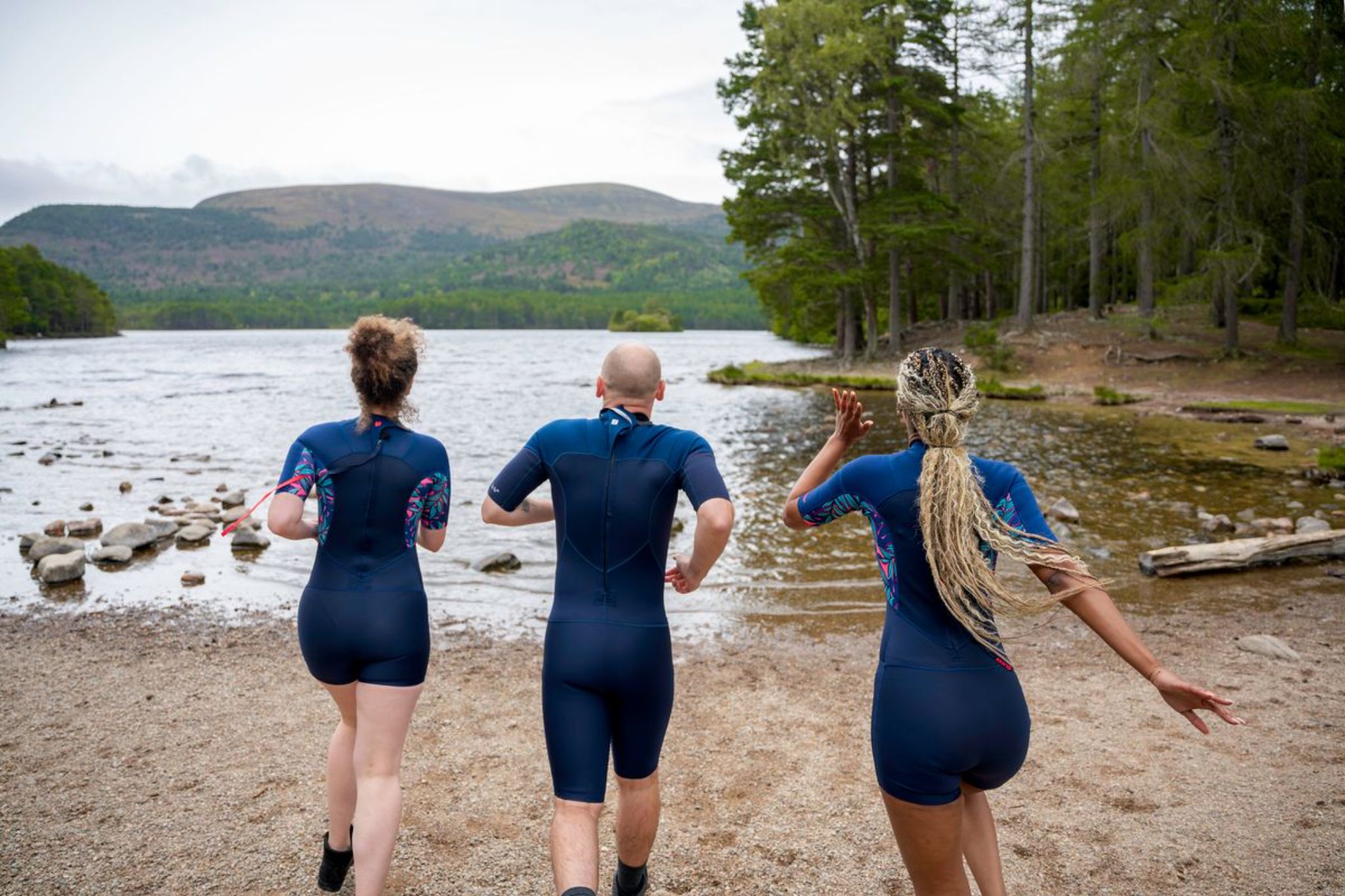In Scotland, we celebrate Hogmanay (New Year’s Eve) with spectacular fire festivals as well as a couple of unique customs, traditions, fireworks, ceilidhs and live music. In short, Hogmanay is not just the Scots word for New Year, it’s a completely unique celebration. But where does it come from?
Nobody knows for sure, but we have some pretty good clues:
- The word ‘Hogmanay’ only exists in Scots, a language derived from a northern dialect of Old English.
- Hogmanay is a fire festival that marks an important moment on the calendar and is only celebrated in Scotland and the North of England, places where people used to speak this dialect of Old English.
- Fire festivals are usually Celtic celebrations to mark important moments on the calendar. On Halloween at the start of autumn, or Beltane at the start of spring, the ancient Celts for example used bonfires to symbolically purify people and livestock and to ward off fairies and other evil spirits.
- There are no Celtic winter fire festivals on the British Isles.
- Hogmanay takes place around the same time as Yule, the Viking new year, which is not a fire festival.
So, what do all of these clues tell us? Well, there used to be a kingdom, the Kingdom of Northumbria, in the Middle Ages that stretched along the North Sea from the Firth of Forth all the way south to the River Humber. Its people, a mix of Anglo-Saxons, Celts and Viking rulers, spoke the northern dialect of Old English. It’s quite common that when people mingle, cultures mingle too. And when the Vikings celebrated Yule, which is one of the biggest events in the Viking year, it got infused with elements from Halloween and Beltane, which are two of the biggest events in the Celtic year.
Fairies play an important role in both Celtic celebrations, and they used to for Hogmanay, too. The name for the festival is thought to come from the Old English word Hoghman, which translates to ‘hill man’ or ‘fairy’. So Hogmanay would mean something like ‘feast of fairies’, and could very well be a Viking-Scots version of Yule and Halloween mixed together.
One tradition from Viking times that we still do today in Scotland at Hogmanay is ‘first-footing’. For the ritual, a dark-haired man needs to be the first person to visit you in the new year for good luck. The implication is that, in the Middle Ages, a fair-haired man who entered your house first would have been a Viking raider.
One of the most spectacular features of Hogmanay are our impressive annual torch parades in Edinburgh on the night of 30 December, and those in Biggar, Combrie and Stonehaven on Hogmanay itself.
Plan your Hogmanay

